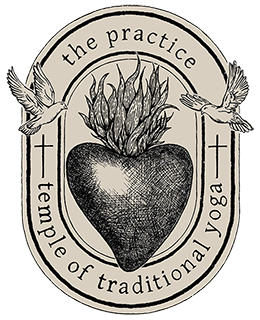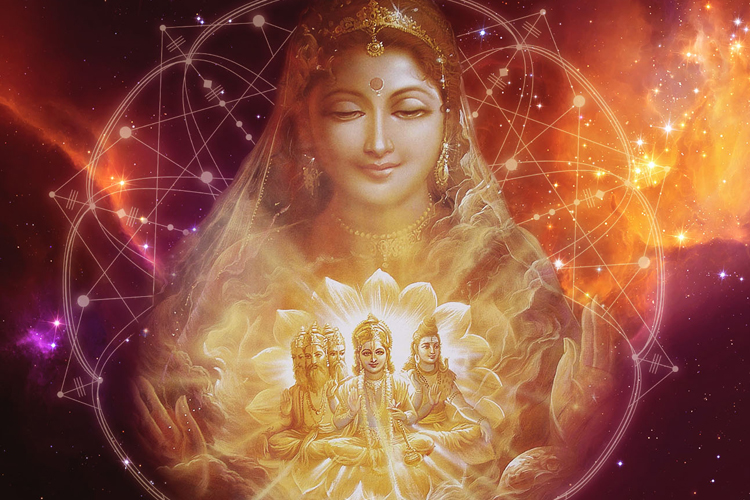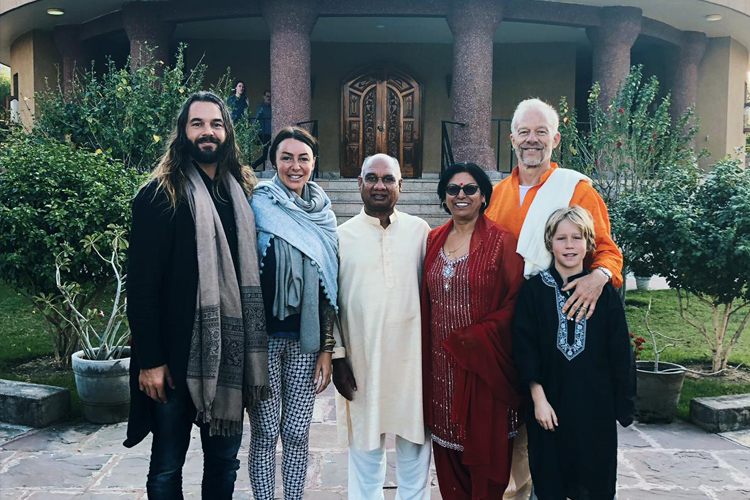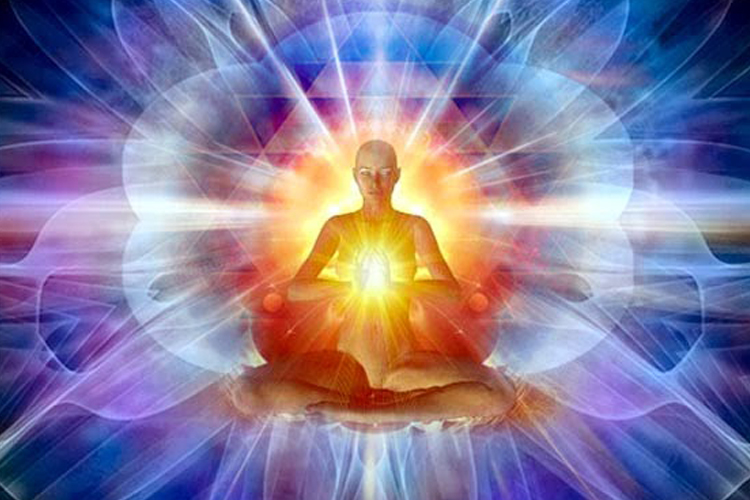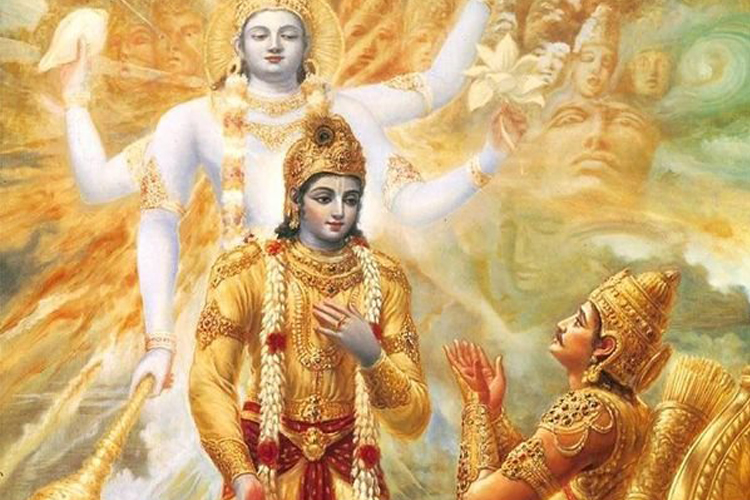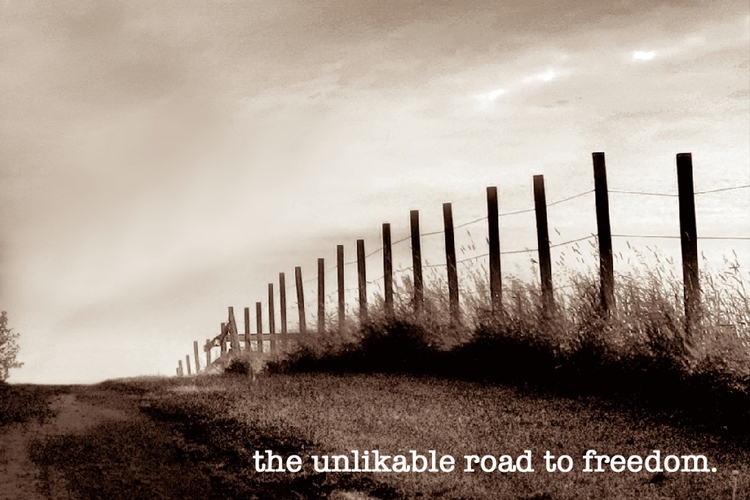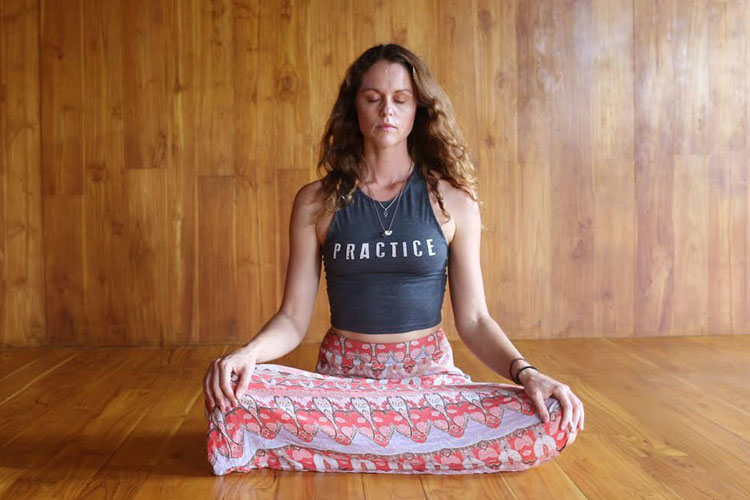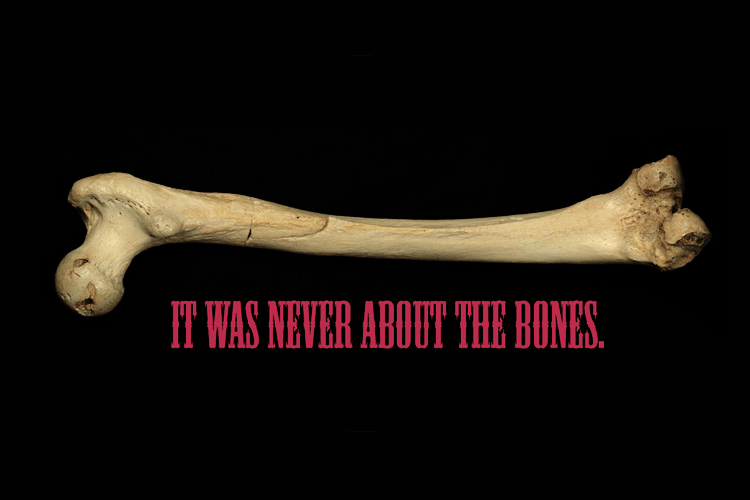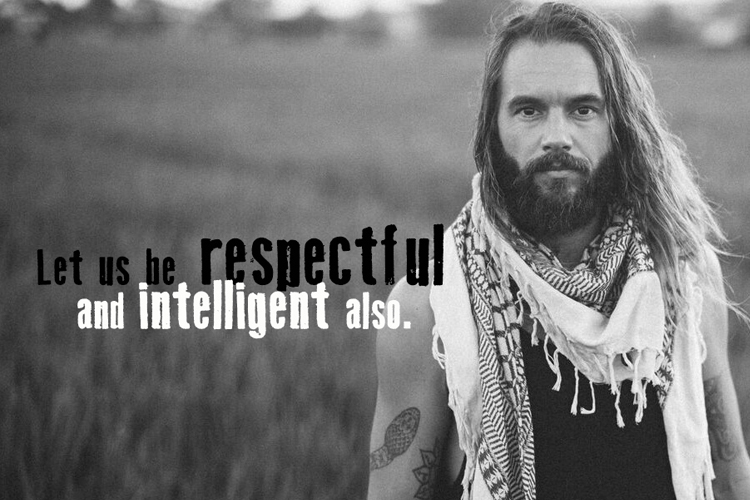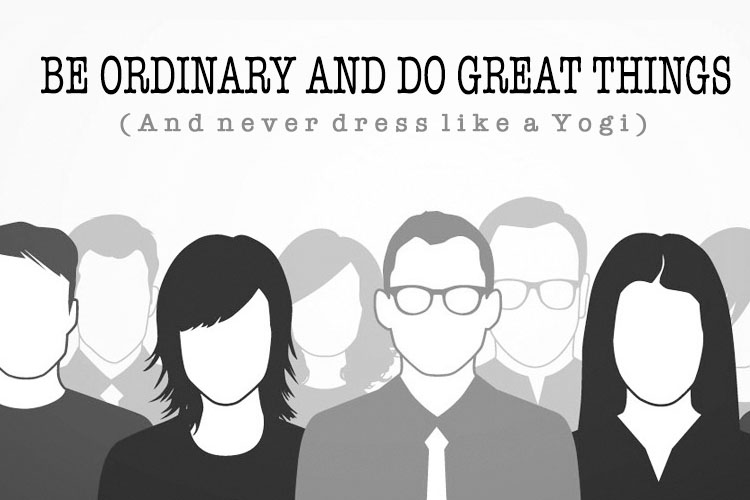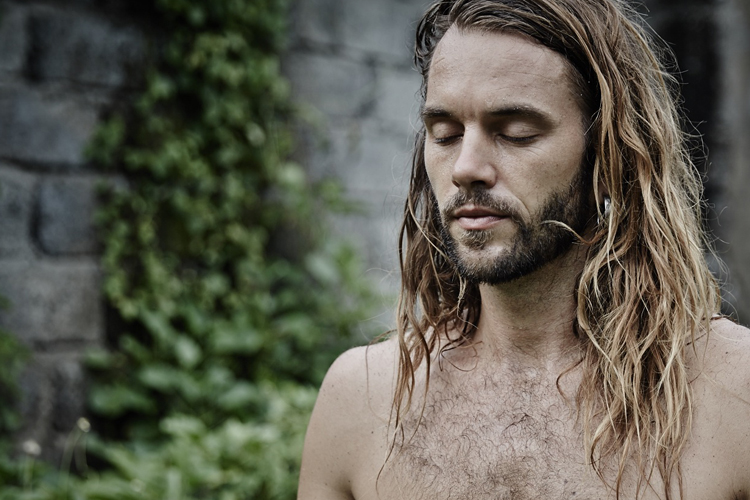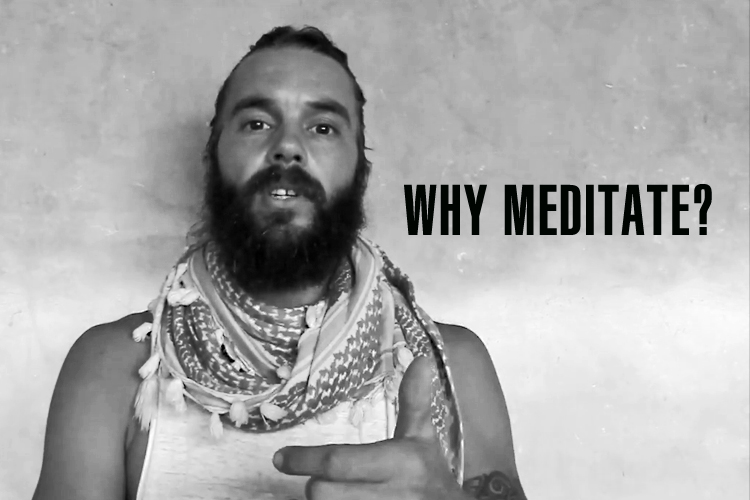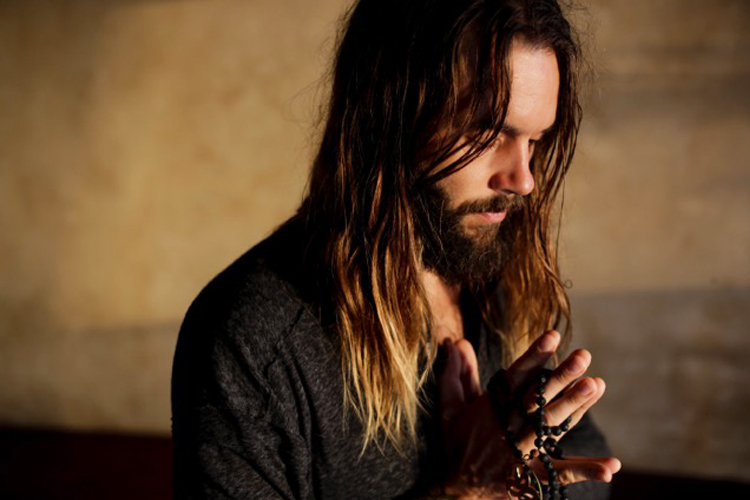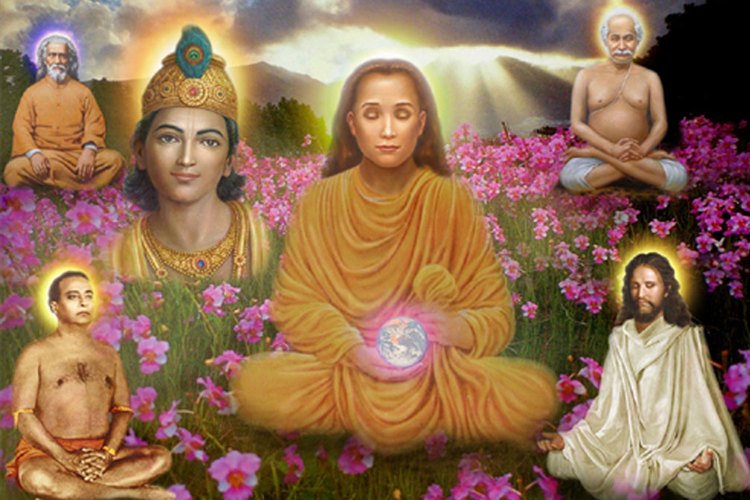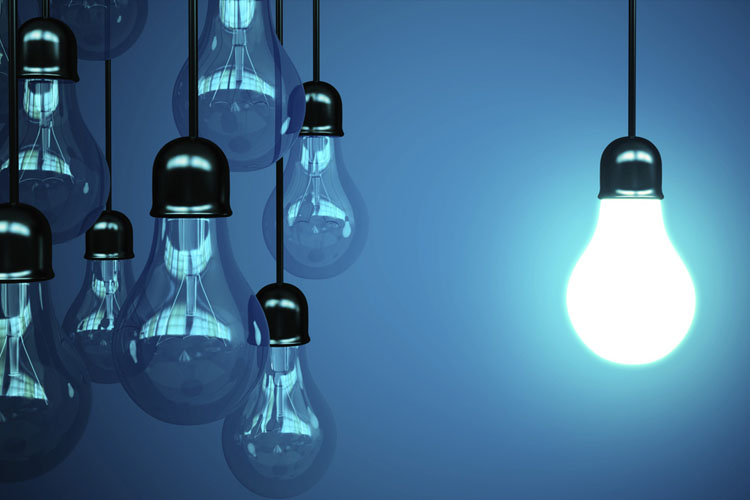By Octavio Salvado.

It’s time for us to renounce the lie, that somehow in the eyes of God, certain people are more privileged than others when it comes to finding happiness and success in life. This is the exact opposite of what the Yoga Tradition stands for.
To suggest that race, color, or economic class provide the upper hand when it comes to true liberation and freedom, as certain high-ups in the Yoga world are currently pushing, is a complete dishonoring and distorting of the Yoga Tradition and an indication of lack of loyalty to it.
If, on the other hand, what we are talking about here is a soulless, controlled, mediocre existence, then yes, I agree wholeheartedly. Certain demographics definitely have an advantage when it comes to achieving averageness.
Racism exists, as does sexism, fascism and many other ‘ism’s’. There is no denying it. Yet there is a broader reality governing humanity and all of life, called Dharmic Law, that when understood, obliterates all obstacles to greatness and all arguments regarding privilege.
This is a universal truth that applies to all. You will not be happy unless you achieve your Dharmic potential, which is the singular reason that you incarnated onto this planet. Dharma is the ONLY way to find lasting happiness in this world and there are no exceptions to this rule.
As the Bhagavad Gita states:
Life and Death are not nearly as important as ‘How’ we live. Only Dharma gives our lives meaning.
Please hear it again so it penetrates through the layers of indoctrination and conditioning: only Dharma, only Soul-aligned purpose brings happiness and success. No exceptions. No special privileges.
People who are selling the ‘poor me’ or ‘poor them’ narrative and still calling themselves Yogis, are hypocrites and are not helping people, or their students evolve, but perpetuating a limited view of what it means to be human and the gift that it is.
If you truly want to serve humanity, then teach people about Dharmic Law and lead by your own radiant example. Communicate and demonstrate that everyone can be a force of nature, no matter what their skin color or circumstances. Teach people that Life strives to assist those who strive to help themselves.
Personally, my role models have always been black or brown. As a kid and all through my high school years, I worshipped Michael Jordan. Now as an adult (and realizing that I probably won’t make it to the NBA) my focus has shifted.
Now, instead of Air Jordan posters on my wall, I have Pandit Rajmani Tigunait posters on my alter.
The common thread: Dharma
The common thread connecting both of these extraordinary men, apart from their skin color is Dharma. Both men came from relatively poor families, in relatively poor communities. No special privileges. Yet they heard the inner call, as we all do at one time or another and they committed to that mission uncompromisingly.
They endured the storms and hustled, each in their own way, harder than all the rest. More practice, more study, more failure, more growth. They rose above their circumstances.
Its time to evolve the narrative. If you are pushing the pity card for yourself or others, then you are trapped in a self-created, extremely flawed vision of reality that only leads to one place – suffering.
Let me spell it out for you. This is how you succeed in life and the only way you will be happy.
Get clear on what you love – figure out that one thing that lights you up more than anything else. Then ask yourself if by committing to that thing, you can serve the world and make it shine a little brighter.
Now, for the rest of your life, commit to that thing with the full force of your soul and with every ounce of energy that you have, indefinitely and without wavering.
Next, expect ridicule, criticism, failure, un-follows, set-backs and difficulties. Train yourself to be resilient. Train yourself to get up, time and time again, brush yourself off and keep going with increased tenacity towards your goal. Then train yourself to trust in life.
The result, 100% of the time, without fail, because this is Universal Law, will be that the forces of nature and the broader universal forces, such as those governing timing, opportunities and synchronicity will conspire to assist you in your Dharmic mission and provide you with everything that you need to succeed, or at least to get to the next step.
Will you be rich? Maybe. Will you be happy? Undoubtedly. This is true success.
If your path is the correct one and truly aligned to your grandest reasons for being here, then NOTHING can stop this process. It won’t be instantaneous and it won’t be without heartache, loss and sacrifice, but if you commit fully, it must come to fruition. This is the Law.
If you want proof, first look at nature and see how empowered every single creature is to do its allotted ‘work’. This power comes from alignment to the higher design. From this alignment, each aspect of nature is compelled to act with precision and power and life unfolds harmoniously and with immense beauty.
The reason human beings are not connected and empowered in the same way is largely because of free will, which is a gift or disaster depending on how it is used.
When we are not connected to the guiding principle of life, then free will moves us towards experiences of separation and lack. This will ultimately orchestrate our downfall via mediocrity, or self-initiated destruction and is exactly what we are seeing on a major scale across the planet right now.
The real global pandemic is lack of connection to God and to the forces of goodness that sustain all of creation.
If you want further proof of the laws of Dharma at work, research the vast number of ‘true’ success stories that have come from nothing, or very little. Those who have come from poverty, abuse and hardship, overcome the greatest of odds to achieve their own unique version of greatness.
Typically, these are the success stories that warm our hearts, because we sense the truth in them. All succeeded because either consciously, or unconsciously they understood and tapped into the Eternal Law, a law which is incorruptible.
Privilege can be a major obstacle to happiness.
The concept of ‘Privilege’, as it’s being pedaled today, can actually be a major obstacle to true happiness and success. Why? Because it usually goes hand in hand with money and education.
Education is not synonymous with intelligence. Academics are some of the dumbest people I know, because a lot of the time they lack the inner access to their intuition and God-given capacity to ‘feel’ into what is true. Too much time spent in the left brain analyzing things and being told what to think and HOW to think.
As a result, critical thinking and gut instinct are devoured by memory and book knowledge. Curious minds become submissive, left-brain robots bowing to every command, no matter how unjust or insane, coming from those who they deem ‘above them’ intellectually and higher up the food chain.
Being born into money is another potential obstacle to Dharma. Do you seriously think that money buys happiness? Look around you. Money not earned through hard work often corrupts the personality and makes it weak. Money can also pad us from the necessary blows from life that are meant to shape us.
Furthermore, those who offer the money, whether its parents, or a benefactor will likely have some pre-established agenda for the direction ‘they’ think we should take in life. At the first sniff of rebellion, they will bring the authoritarian hammer down, tell us to get back in line and threaten to withdraw the income flow.
Its time to evolve beyond this worn out idea of ‘privilege’. Its time to evolve beyond fundamental flaws in perception regarding core spiritual truths about life. Its time to evolve beyond hiding behind slogans that allow us to play small, or that keep others small.
We are ALL equal in the eyes of God. Every living Soul has the same potential to be happy and succeed. Therefore, let’s stop whining, complaining and blaming others. Our destiny is in our hands.
Get up. Be brave and go make something of your life.
Octavio is now delivering live-streamed weekly philosophy lectures on Wednesdays at 2pm Bali time. Book your spot online.
